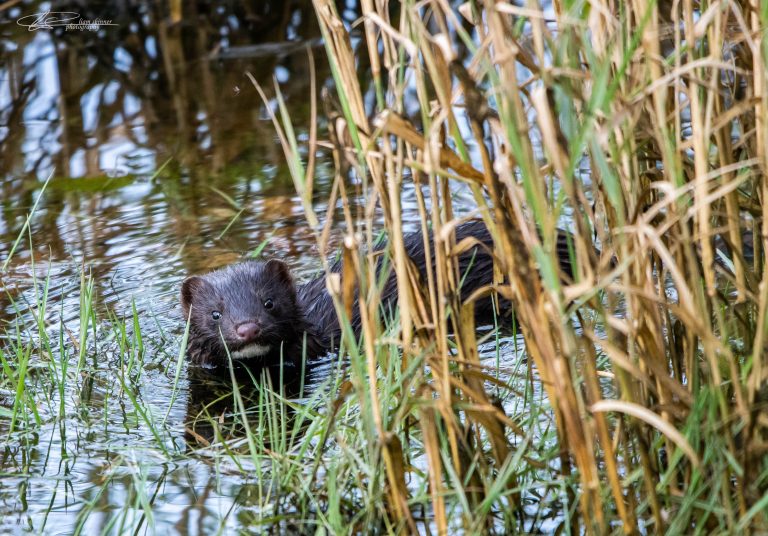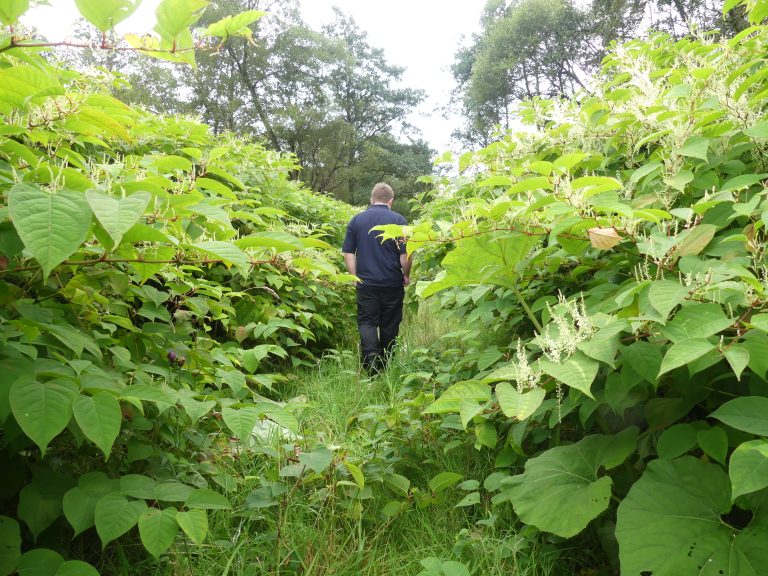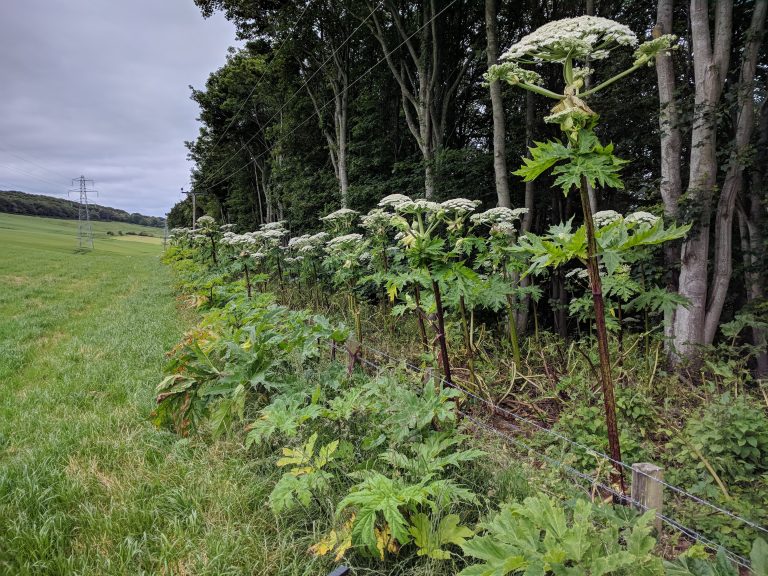The regulations state that it is an offence to:
- release or allow to escape from captivity any animal to a place outwith its native range
- cause any animal outwith the control of any person to be at place outwith its native range
- plant or otherwise cause to grow any plant in the wild outwith its native range.
Put simply, it is an offence to:
- release (accidently or on purpose) a non-native animal (e.g. grey squirrel, American mink etc) into the wild.
- plant non-native plants in the wild (or release seeds etc.)
- allow non-native plants to spread into the wild (e.g. by allowing it spread from your land through inactivity, by dumping garden waste into the wild, by moving contaminated soil etc.).


